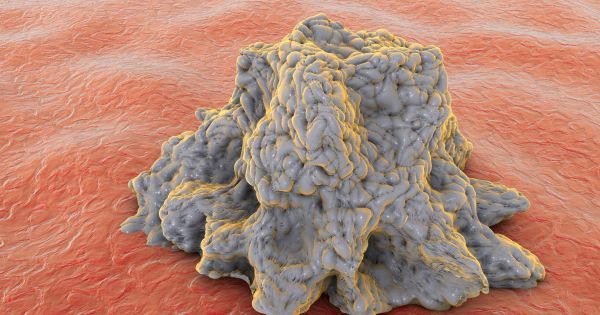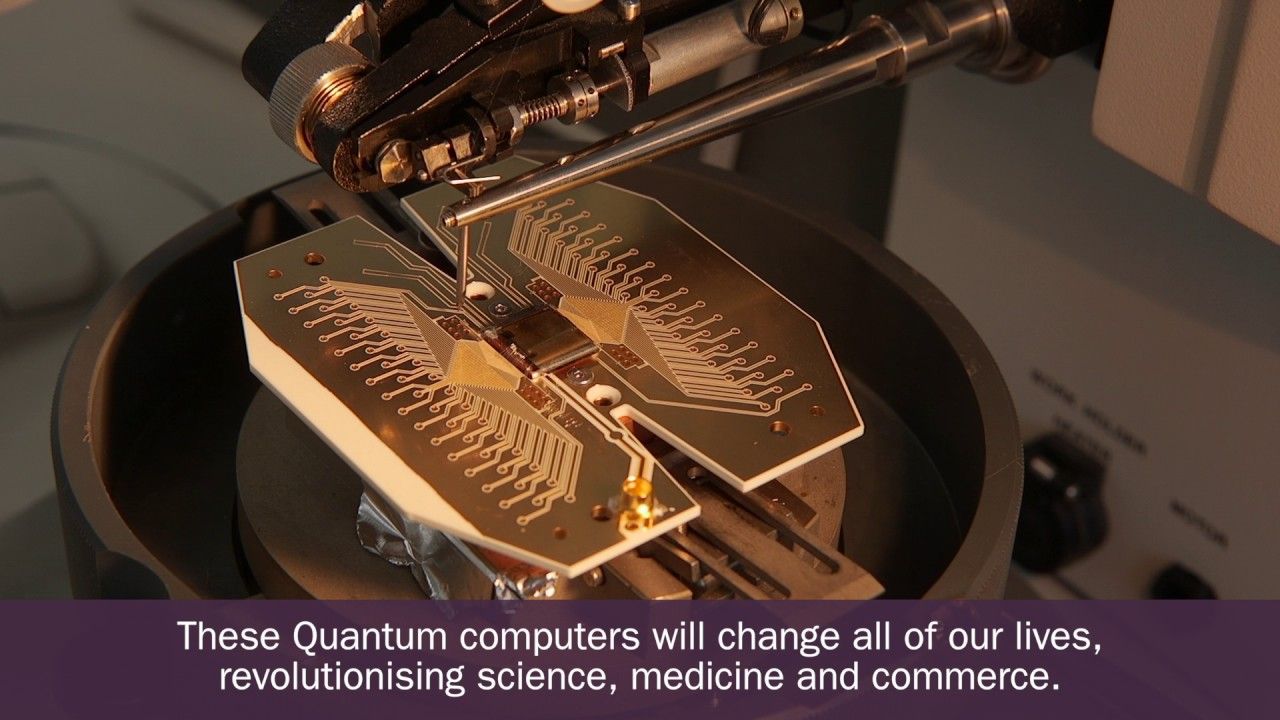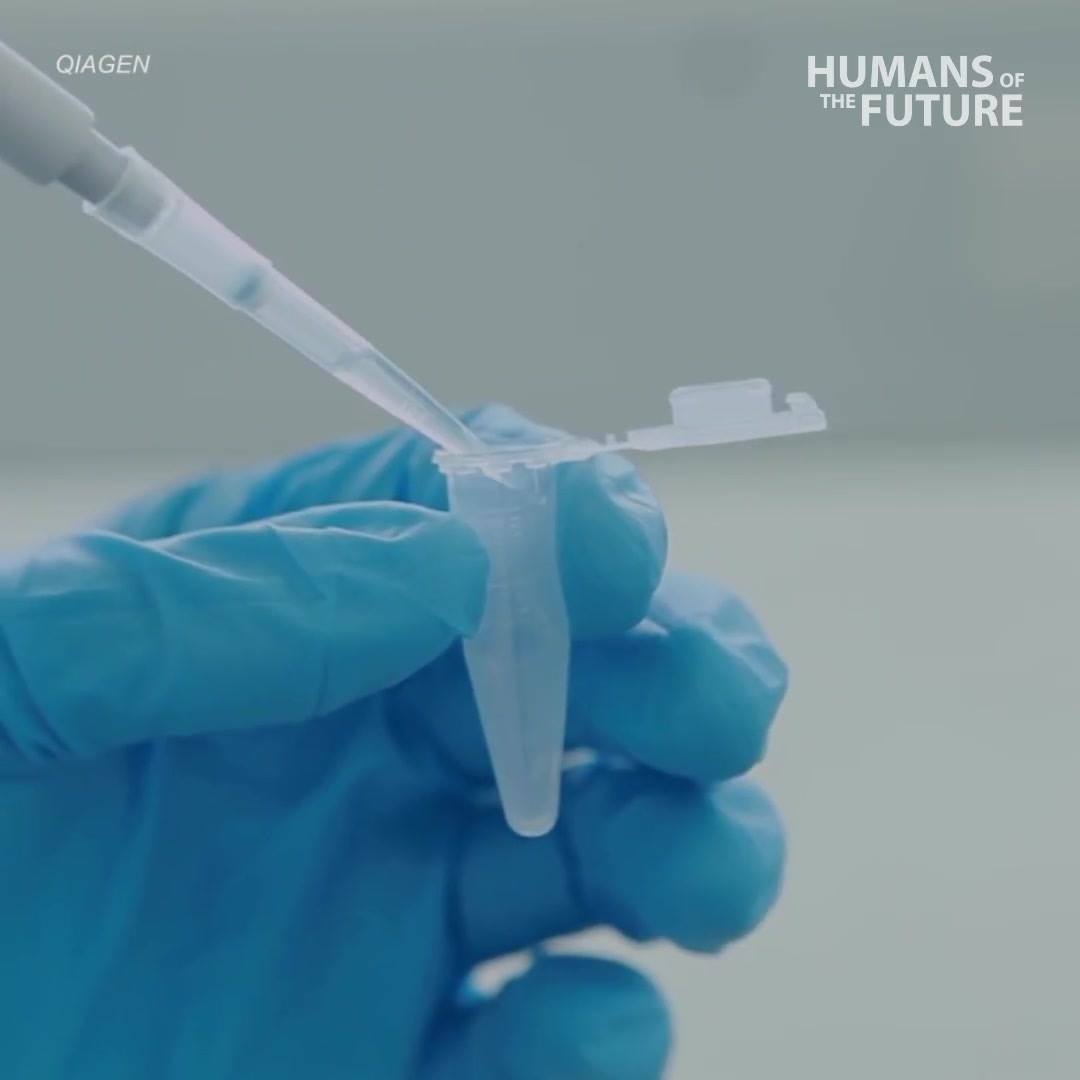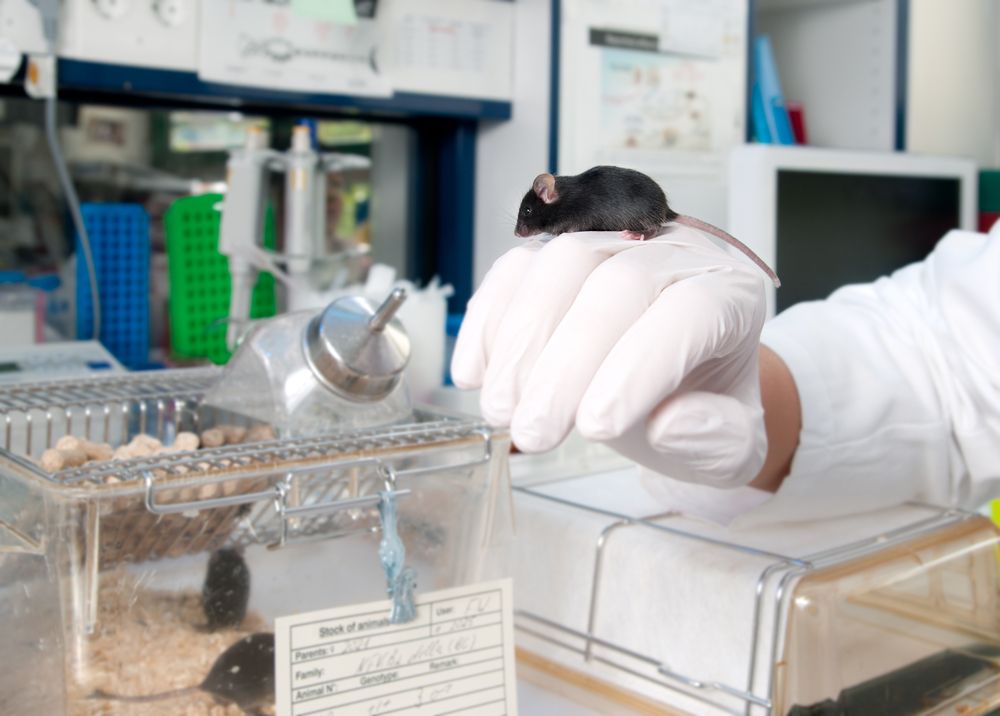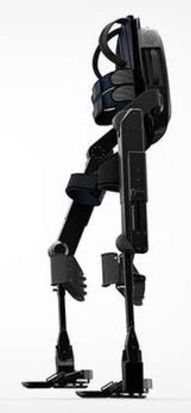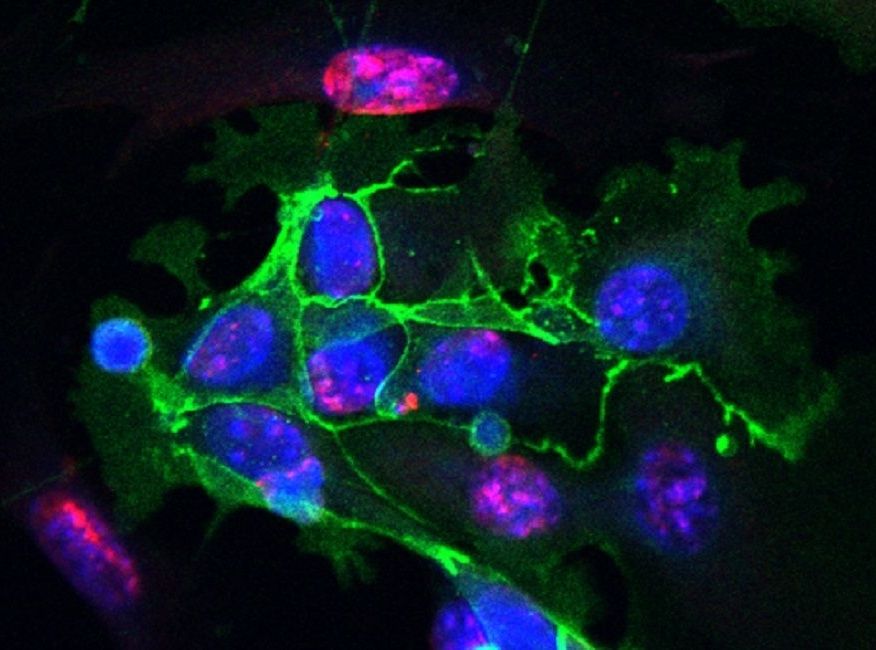There is a growing list of aging biomarkers available to researchers that help them measure how well someone is aging and assess how aging interventions are working in preclinical testing.
Some clinical biomarkers, such as DNA methylation and telomere length, are commonly used in labs. Other biomarkers, such as blood pressure, grip strength, heart rate variability, visual reaction time, and decision reaction time, are non-invasive and easy to test.
Currently, DNA methylation is generally regarded as the gold standard for aging biomarkers, although new techniques, such as cell functional age, are attempting to challenge that. The sensible choice, of course, would be to combine both methods to further improve the accuracy of results.


